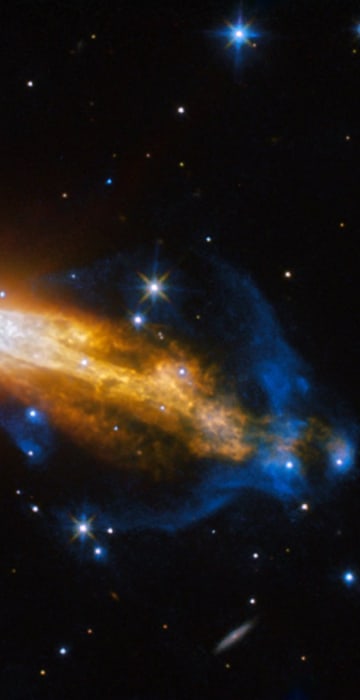
Space
See a Dying Star, Astronauts Camping and More Out-of-This-World Shots
Two of Saturn's 53 moons, #EarthArt from above and more of the best space photos from February 2017.
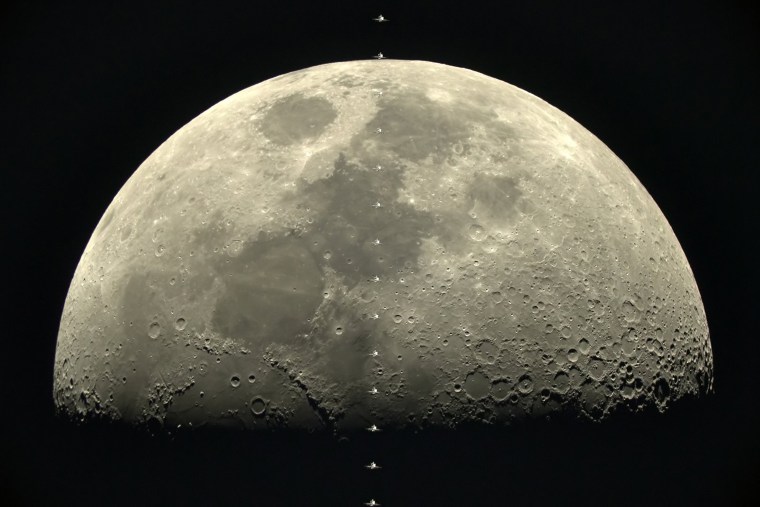
The International Space Station passes in front of the moon in a multiple-exposure image captured on Feb. 4, in Rouen, France, the birthplace of Thomas Pesquet, a French astronaut who is spending six months on the station.
Astrophotographer Thierry Legault was unaware of Thomas' connection to Rouen at the time he made this photograph.
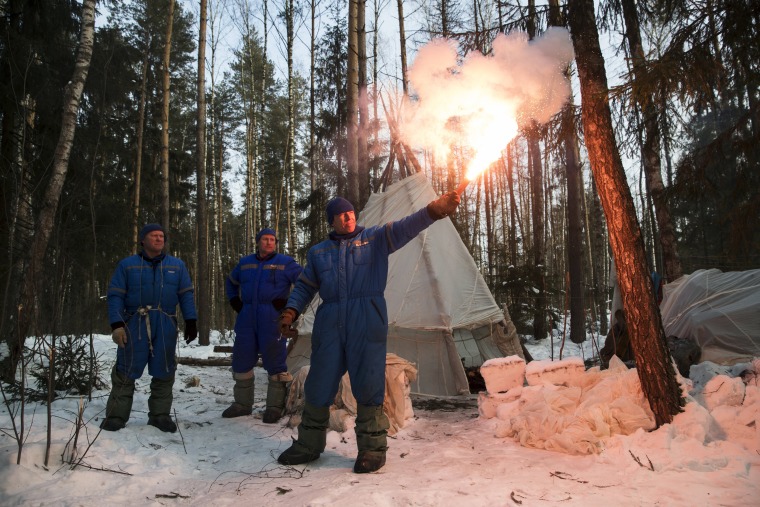
NASA astronaut Andrew J. Feustel holds a flare as Russian cosmonauts Oleg Artemyev, left, and Sergej Prokopyev stand near the hut which they built during a three-day winter training session in a forest outside Moscow on Feb. 8. The three are training for a future mission to the International Space Station.

This star may be in its death throes, but don't feel too sorry for it: from our perspective it's still going to be a star long after you and everyone you know has died.
The Calabash Nebula is captured here by the Hubble Space Telescope as it undergoes the transformation from a red giant to its afterlife as a planetary nebula. Astronomers rarely capture a "dying star" in this phase because it occurs within the blink of an eye in astronomical terms. It’ll take a thousand years for it to evolve into a fully-fledged planetary nebula.
Of course, what we’re seeing here is 5,000 light years away in the Puppis constellation so it happened 5,000 years ago and the light is just reaching us. From that perspective, what we’re seeing is a ghost, a star long dead before we’d even invented telescopes.
During the transformation it blows its outer layers of gas and dust out into the surrounding space in opposite directions at immense speeds. The gas shown in yellow is moving close to 600,000 miles an hour.
Image released on Feb. 3.
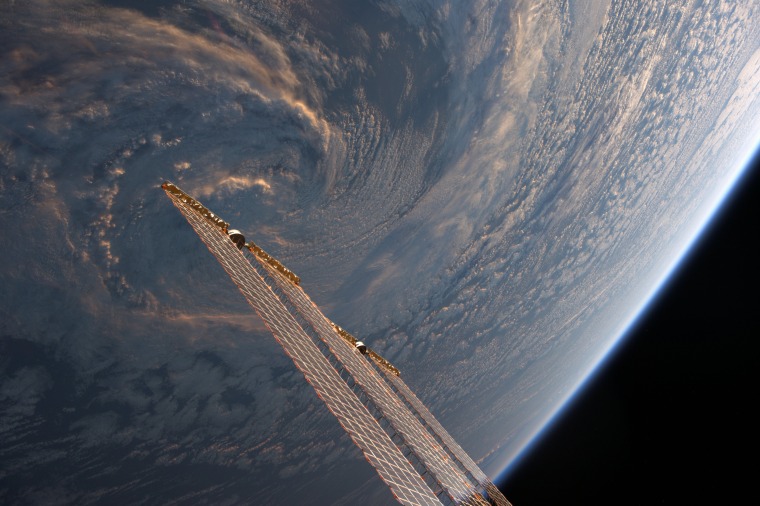
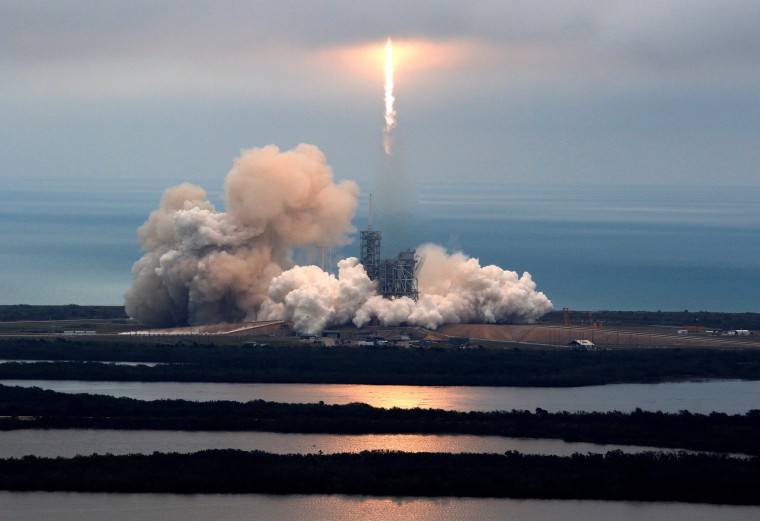
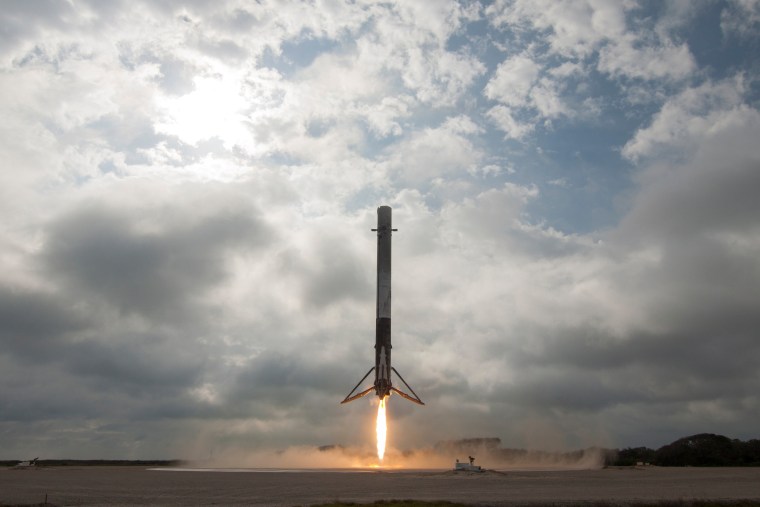
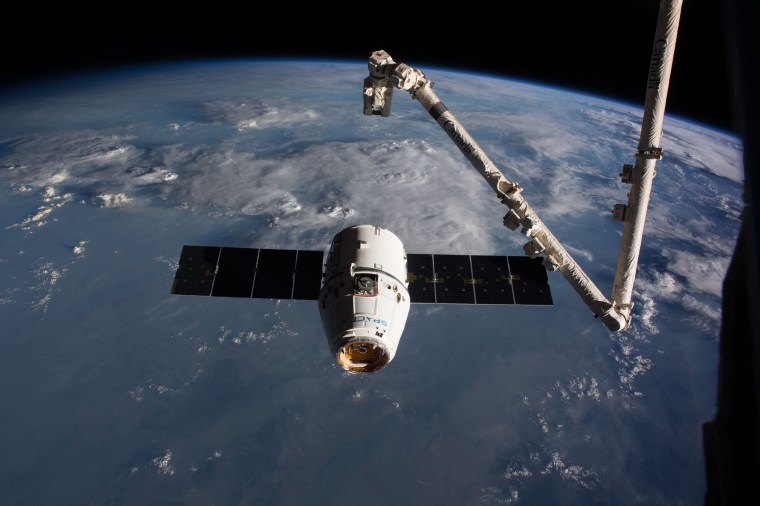
SpaceX's Dragon cargo craft approaches the International Space Station on Feb. 23. The commercial spacecraft launched on Feb. 19 and carried about 5,500 pounds of experiments and supplies to the orbiting laboratory.
Station crew members used the Canadarm2 robotic arm to capture Dragon, then handed command over to ground controllers to attach Dragon to the station.
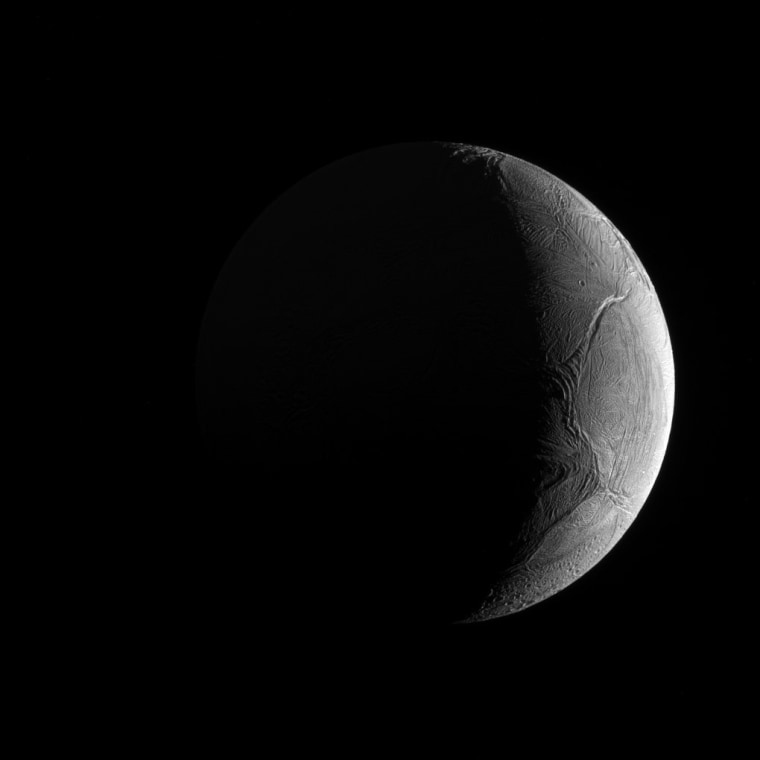
The Cassini spacecraft captured this profile view of Enceladus, one of Saturn's many moons, from some 81,000 miles away.
Enceladus appears to be like most of its sibling moons: cold, icy and inhospitable. But under that forbidding exterior may exist the very conditions needed for life. Under its icy crust it has a global ocean and may have hydrothermal activity as well. Since scientists believe liquid water is a key ingredient for life, the implications for future missions searching for life elsewhere in our solar system could be significant.
Image released on Feb. 6.
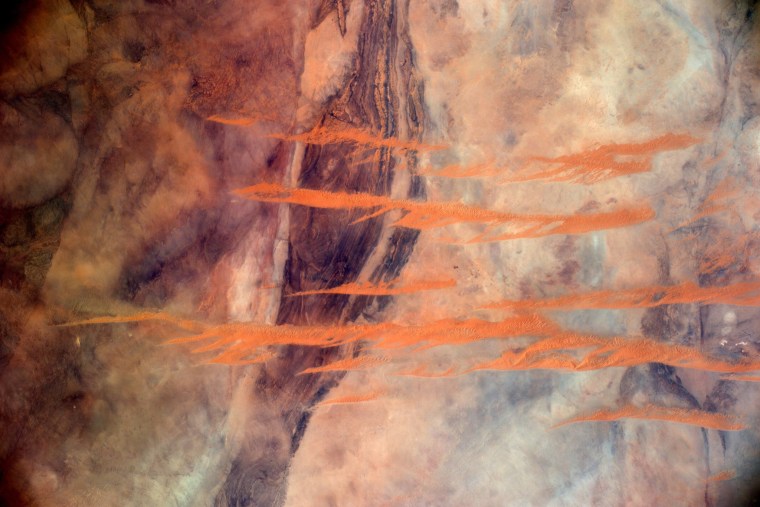
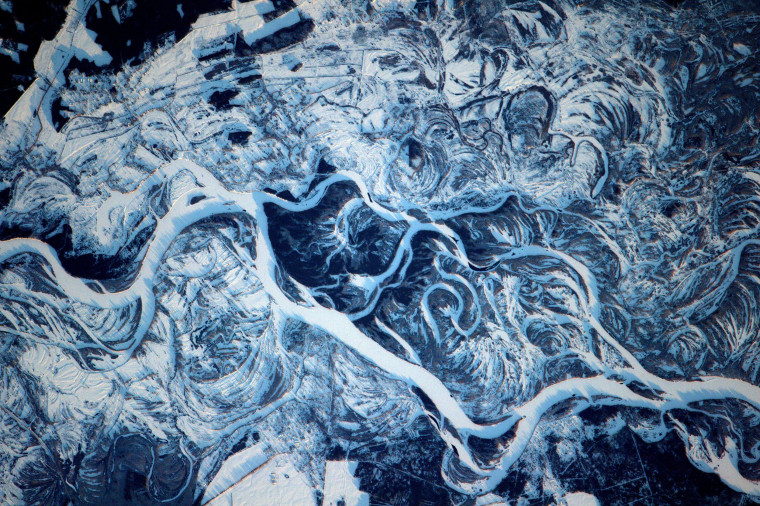
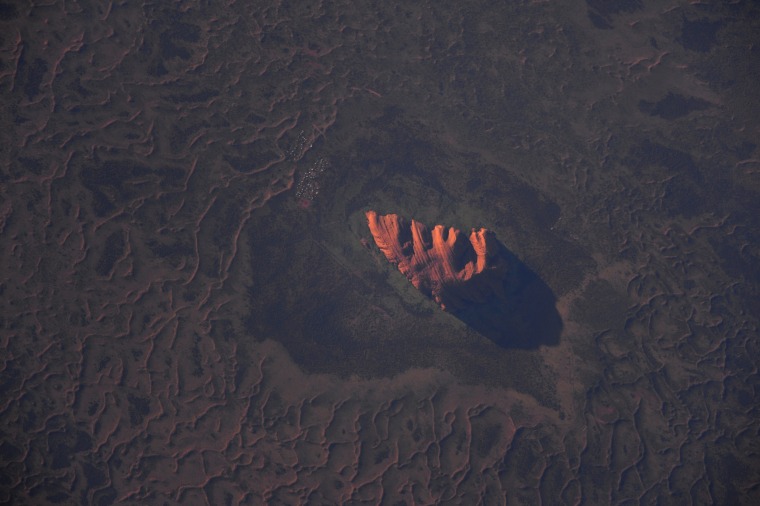
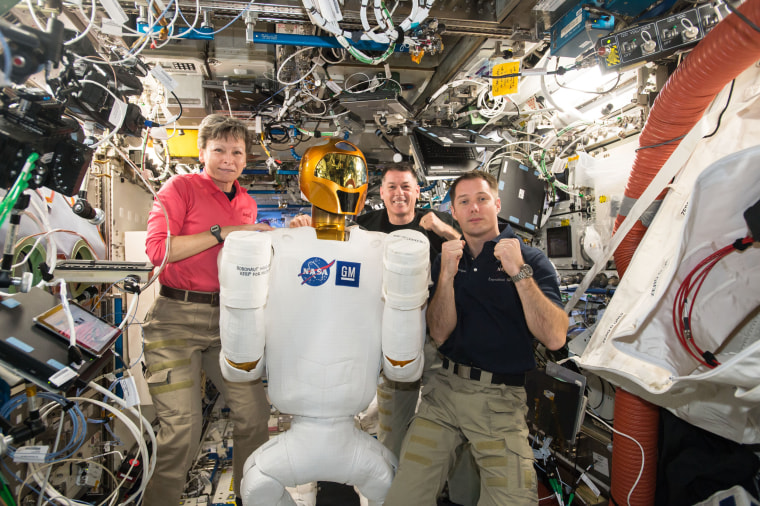
From left, NASA astronauts Peggy Whitson and Shane Kimbrough and French astronaut Thomas Pesquet pose with "Robonaut" on the International Space Station on Feb. 1.
Robonaut is being developed by NASA to help astronauts out with dangerous or repetitive tasks. Eventually, robots like Robonaut could be used to explore other planets under human control by astronauts.
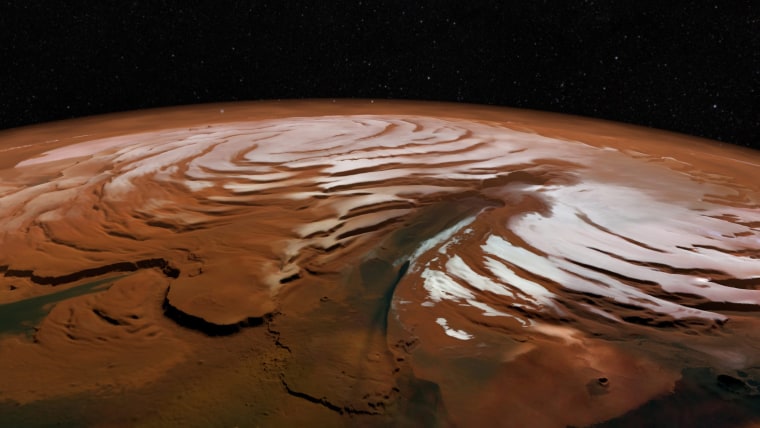
A deep canyon, known as "Chasma Boreale," cuts through Mars' north polar cap in this image released on Feb. 2.
The giant trough is thought to have been present before the iconic spiraling ice cap formed, seemingly growing deeper as new ice deposits built up around it. The view is based on images taken by the European Space Agency's "Mars Express" mission.
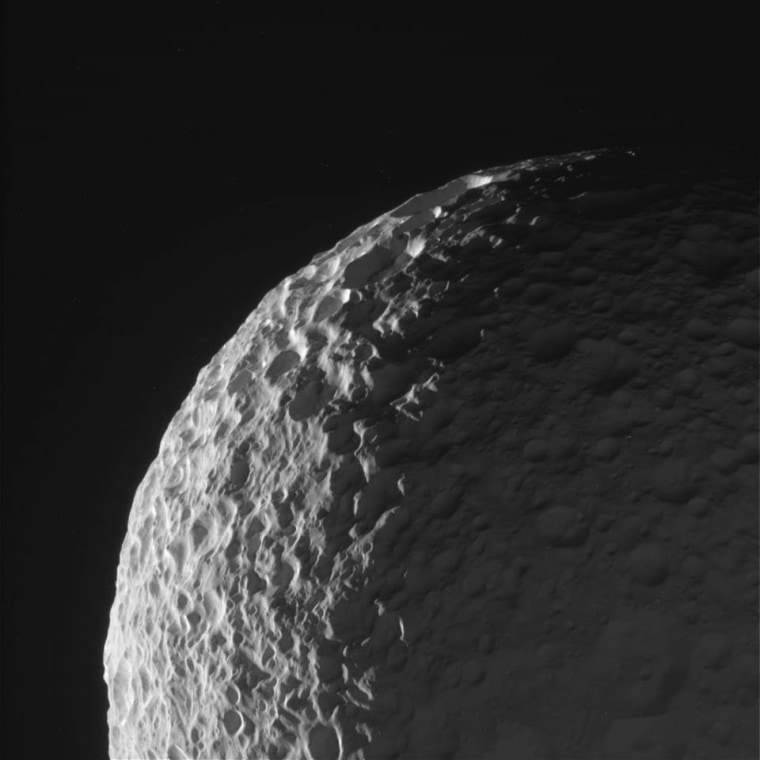
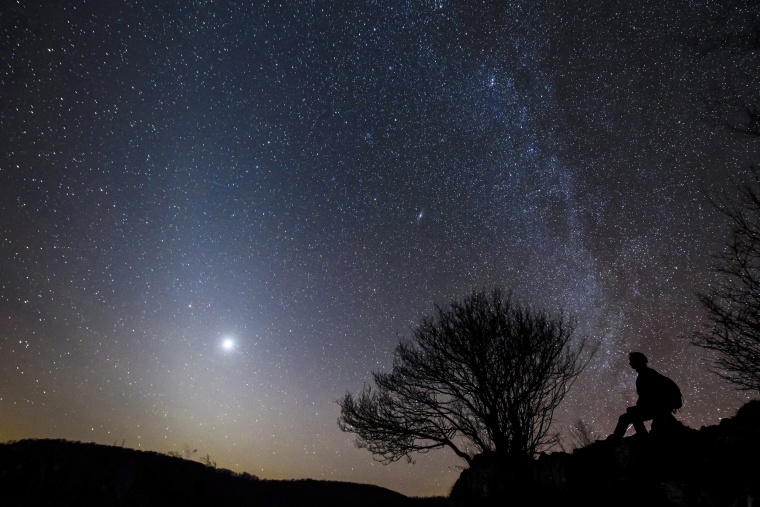
Venus, left, and the Milky Way appear near the top of the Three-Stone Hill in Hungary on Feb. 16
Venus is surrounded by the Zodiacal light, a dim glow seen above the western horizon after sunset or in the east before sunrise. It's caused by millions of tiny particles in the plane of Earth's solar system. The phenomenon can be observed mainly in February and March.
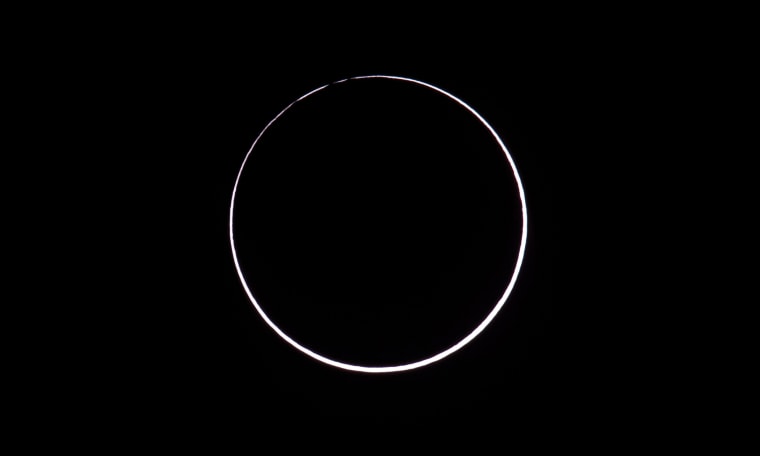
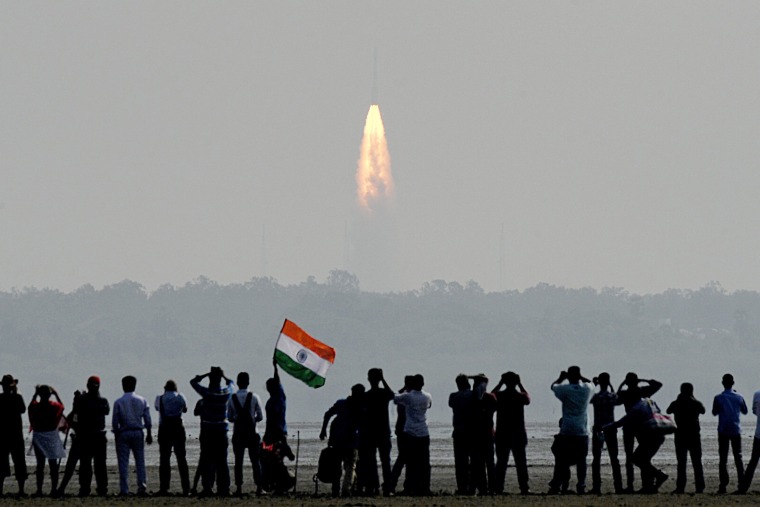
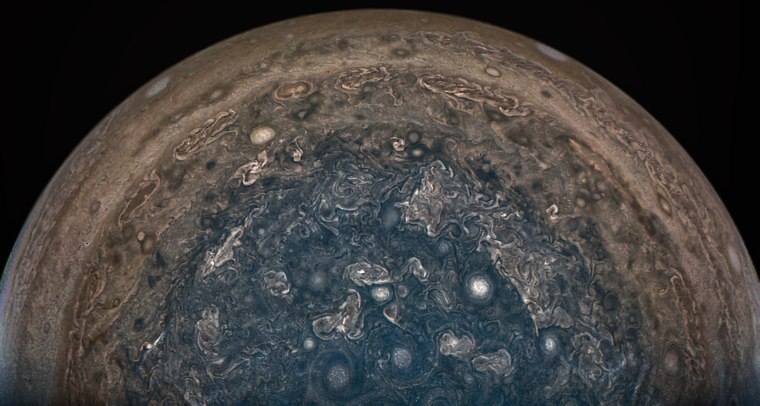
NASA'ss Juno spacecraft soared directly over Jupiter's south pole capturing this image on Feb. 2 from an altitude of about 62,800 miles above the cloud tops.
This enhanced-color version highlights the bright high clouds and numerous meandering oval storms. The Juno mission to Jupiter has been in orbit around the gas giant since July 2016. On its current path it takes 53 days for the spacecraft to orbit Jupiter.
January's Month in Space: 'Death Star' Moon and Saturn’s Rings Up Close